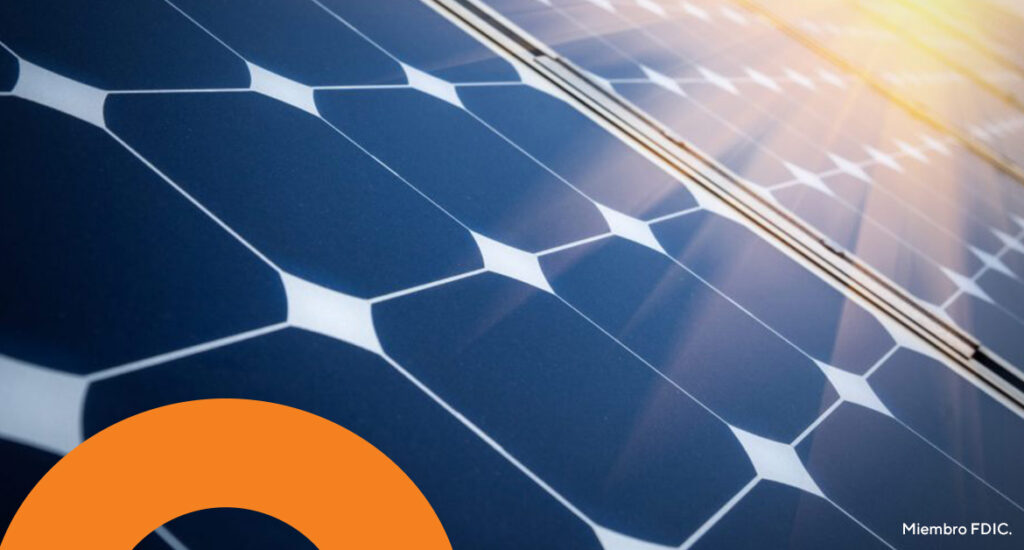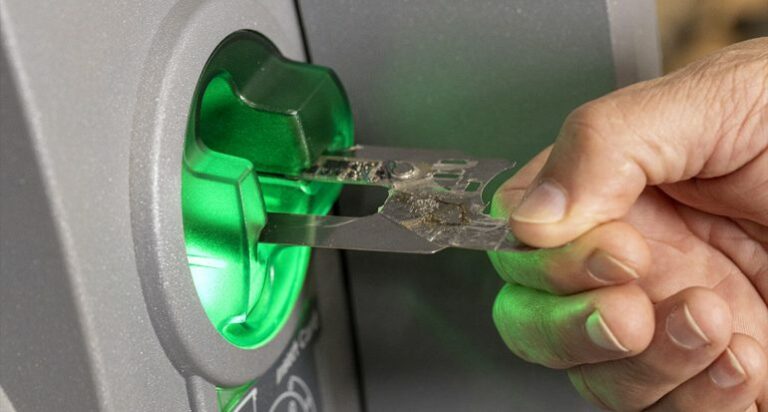Learn how photovoltaic panels work and get ready to save money.
Solar energy is growing worldwide and Puerto Rico is not far behind. During a peak hour, the sun produces the solar energy needed to power the entire planet. But solar energy alone cannot be used in all applications. To collect the sun’s energy and convert it into electricity, we need photovoltaic panels. Photovoltaic panels are simply a combination of solar cells joined together to function as a single unit to generate more energy. But how do solar panels work?
How do solar panels work?
Generally, photovoltaic panels are produced from a semiconductor material; in this case crystalline silicon (c-Si) is used, arranged in oppositely charged layers that create a solar cell. When sunlight (photons) hits the silicon of the solar cell, electrons are released and travel through the different layers generating electricity. The electricity produced by this circuit is direct current (DC). Direct current cannot be used in the home, since, in Puerto Rico and the United States, electrical systems operate with alternating current (AC). To change direct current (DC) to alternating current (AC), an inverter is used.
The converter is the brain of the solar array system. It not only converts DC to AC current but also provides protection, grounding, and monitors system statistics. It can be centralized or micro-type. A centralized converter or inverter is connected to the entire array, which can be less efficient, as a single cell that is not working properly (either shading or dirty) can affect the entire system.
Micro-inverters are more efficient because they regulate each cell individually without affecting the rest of the system. If one cell is not working properly, it does not influence the others and the system continues to be efficient. The direct current (DC) converted to alternating current (AC) can be used in the house or any other electrical system, returned to the grid for distribution or stored in a battery for use when the system is not generating power, such as at night.
Although the silicon solar panel is the most common, there are other types of photovoltaic technologies under development. For example, thin-film solar modules are less efficient than silicon, but are produced at a lower cost, which can significantly reduce the overall cost of your solar system. No matter what type of plate you choose, your solar system will ultimately be more economical and efficient than using energy from the grid and will help you save money over the life of your system. What are you waiting for? Install your solar system today.







